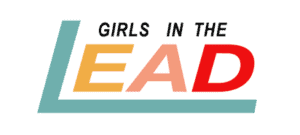Did you know that, according to UN Women, only 13% of countries dedicate budget funds to study gender statistics?
Data analysis is a key component to understand the numbers behind your programming. To continue building effective and well-rounded activities for the communities you serve, it is important to research and analyze the qualitative and quantitative impact. The latter involves data monitoring and evaluation to track you progress as you serve women and girls in your programming.
Having the numbers is one thing, but understanding the numbers to support your impact is key for grant funding and other revenue streams you pursue. However, what use is it if your data does not correctly represent gender?
As advocates for girls’ and women’s empowerment, it is necessary for us to collect data on gender topics in our organizations to support their development. In this space, gender issues can be often overlooked and underdeveloped, therefore making it difficult to support girls and women at the level they deserve.
It is on us as gender practitioners to set up the girls and women we serve for success by leveraging our network and resources to further the mission of empowering girls and women everywhere.
Looking for a good place to start? Module 4of Girls in the Lead is Impact Assessment, which is where you and your organization can learn more on how to effectively evaluate your programs and activities. While understanding your impact can be told through storytelling as well, collecting gender-based statistics can back up those stories with numbers to quantitatively describe your impact. To further understand why gender empowerment is key to gender-sensitive programming, check out Module 1on Girls in the Lead.
Lack of data and gender statistics, does not mean we should not support girls’ and women’s programming. It’s quite the opposite. Our advocacy is needed now more than ever.
Here are some questions for you to take with you:
1. How can we better represent gender in the data we collect?
2. What steps are needed to build capacity for data collection on gender?
3. How can you implement Module 4: Impact Assessment into your organization?
For more external resources on gender data: https://www.gatesfoundation.org/equal-is-greater/resources/, https://www.unwomen.org/en/how-we-work/flagship-programmes/making-every-woman-and-girl-count
By: Sojourner White, GIL Team Member
